Wave Measurement CDIP 1 3 documentation
Content
Unfortunately, the incredible power of these waves guarantees that tsunami will continue to extract a high toll from those who live and play along the shore. Some attempts have been made to harness the relentless power of waves and turn it into electricity. Generator designs vary, but all rely on the up and down Parts And Sizes Of Waves motion of waves to spin turbines and produce electricity. The idea of wave power is appealingwaves are free and non-polluting. Although the technology is still under development, it holds great promise and scientists estimate wave power could supply two times the electricity the world currently consumes.
But in this case, the three-dimensional nature of the ocean plays into the direction of the water’s overall movement. Wind blowing over water will move the ocean water underneath it in an average direction perpendicular to the direction the wind is traveling. On Earth, movement in a straight line over long distances is harder than it may seem. That’s because Earth is constantly rotating, meaning every object on its surface is moving at the speed at which the Earth is spinning on its axis. From our perspective, stationary objects are just that, unmoving.
Parts of Waves!
Soil and rock are also eroded from cliffs and shorelines by waves. That material is transported by waves and deposited in quieter water areas. As the waves come onto shore and break, water and particles move along the shore. When lots of sand accumulates in one place, it forms a beach. Beaches can be made of mineral grains, like quartz, but beaches can also be made of pieces of shell or coral or even bits of broken hardened lava (Figure 10.19).
- Because their length is so great, successive waves take several minutes to almost 2 hours to arrive.
- If waves erode a cliff from two sides, the erosion produced can form an open area in the cliff called anarch(Figure 10.17).
- Unseen by the human eye, thousands of microscopic animals hitch rides across oceans on an oceanic highway.
- Tides are actually waves, the biggest waves on the planet, and they cause the sea to rise and fall along the shore around the world.
If needed, remind students of the meanings of trough and crest. Model drawing a vertical line from trough to crest and adding the label “wave height.” Then have students do the same on their drawings. The shortcomings of PUV instruments prompted https://www.wave-accounting.net/ the development of a new technique for measuring waves in the early 1990s. This involves employing current profilers to measure orbital velocities closer to the surface where the orbital velocities are less attenuated by depth.
Wave Energy and Wave Changes with Depth
Following the pull of gravity, ocean water moves from the built-up areas of high pressure down to the valleys of low pressure. The sun tugs on the oceans too, but since it’s so far away, it has less influence than the moon. You can see the influence when the moon and sun and earth are all lined up. With both the sun and moon pulling the same direction, we get extra high high tides and extra low low tides .
QUEST talks with surfers and scientists who are getting to the bottom of it and the big wave surfers willing to take their lives in their hands for the ultimate thrill ride. Wave refraction focuses the power of waves into protruding rocks and headlands, wearing them back quickly. Then the sediments made by wave action are rolled onto beaches and across bays. With time, waves turn jagged coastlines into smooth stretches of sand.
Tour of the Electromagnetic Spectrum
This orbital motion occurs because water waves contain components of both longitudinal and transverse waves, leading to circular motion. As a wave passes, water moves forwards and up over the wave crests, then down and backwards into the troughs, so there is little horizontal movement. This is evident if you have ever watched an object such as a seabird floating at the surface. The bird bobs up and down as the wave pass underneath it; it does not get carried horizontally by a single wave crest. The faster the wind, the longer it blows, or the farther it can blow uninterrupted, the bigger the waves. Therefore, a wave’s size depends on wind speed, wind duration, and the area over which the wind is blowing .
- In the Northern Hemisphere, surface water curves to the right and in the Southern Hemisphere it curves to the left of the direction it is forced to move.
- The Sun also has a part to play in causing the tides, and its location in relation to the Moon alters the strength of the pull on the ocean.
- These ripples move in the same general direction as the wind.
Wind waves in the ocean are also called ocean surface waves and are mainly gravity waves, where gravity is the main equilibrium force. Ocean waves are caused by wind blowing over the waters surface. They can travel thousands of miles and range in size from tiny wavelets to over 100 feet tall. Waves caused directly by the local wind are called wind waves.
2 Time-series analysis for wave measurement
This means that electromagnetic waves can travel not only through air and solid materials, but also through the vacuum of space. Long-shore currents can sweep swimmers and surfers into rip currents, piers, jetties, and other hazardous areas. In many cases, the long-shore current is strong enough to prevent swimmers from being able to keep their feet on the bottom, making it difficult to return to shore. The AST measurement by itself was limited to improving only non-directional wave estimates. This meant that the array method was still used for all directional estimates and therefore limited to the depth-dependent array size. General schematic of a Nortek AWAC showing orientation of velocity beams used in the Array method.
- This is evidence enough that waves do not make the water travel much but are simply the manifestation of kinetic energy transfer through the water.
- The shortcomings of PUV instruments prompted the development of a new technique for measuring waves in the early 1990s.
- Tsunami waves may travel thousands of miles, moving very rapidly on the sea surface.
- Wind duration – the time for which the wind has blown over the water.
- Sea waves are larger-scale, often irregular motions that form under sustained winds.
- Given the variability of wave height, the largest individual waves are likely to be somewhat less than twice the reported significant wave height for a particular day or storm.
- That is good for the many people who enjoy sitting on soft sand when they visit the beach (Figure 10.20).
As long as the water is deep enough for it to complete its downward orbital motion, only the energy of the wave is passed forward, not the water. There are many websites that provide predictions of the surf quality for the upcoming days and weeks. Wind wave models are driven by more general weather models that predict the winds and pressures over the oceans, seas, and lakes.




















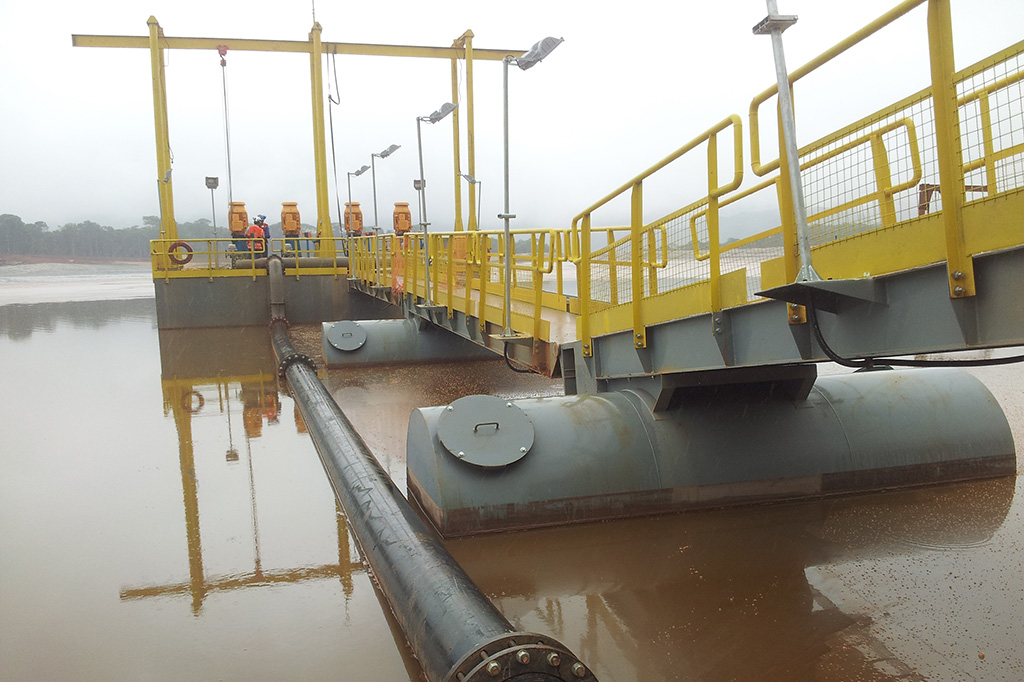
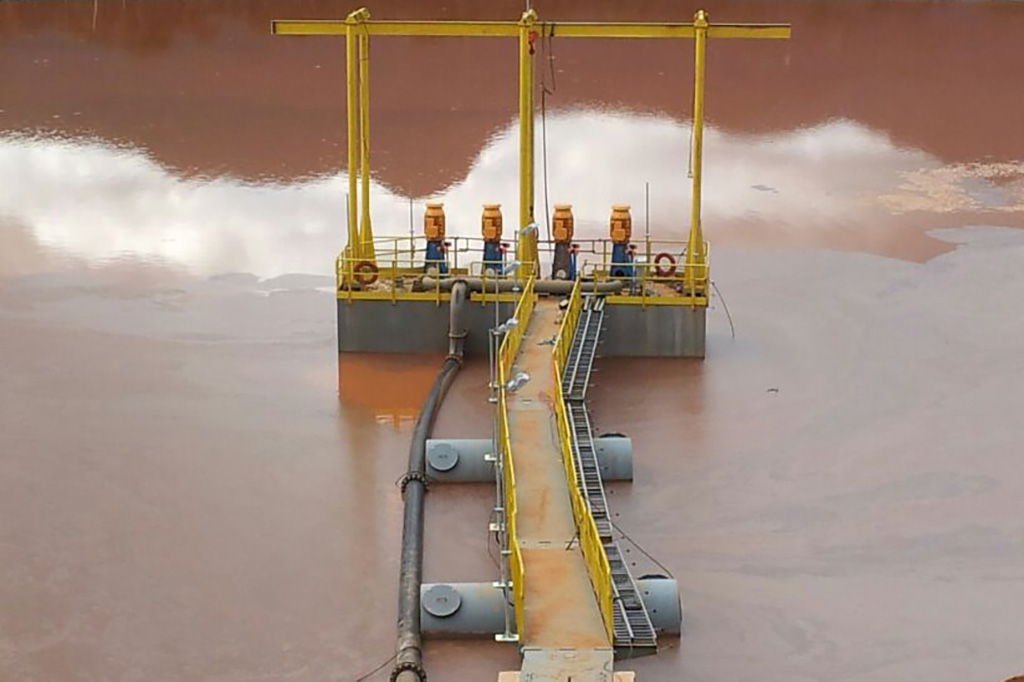
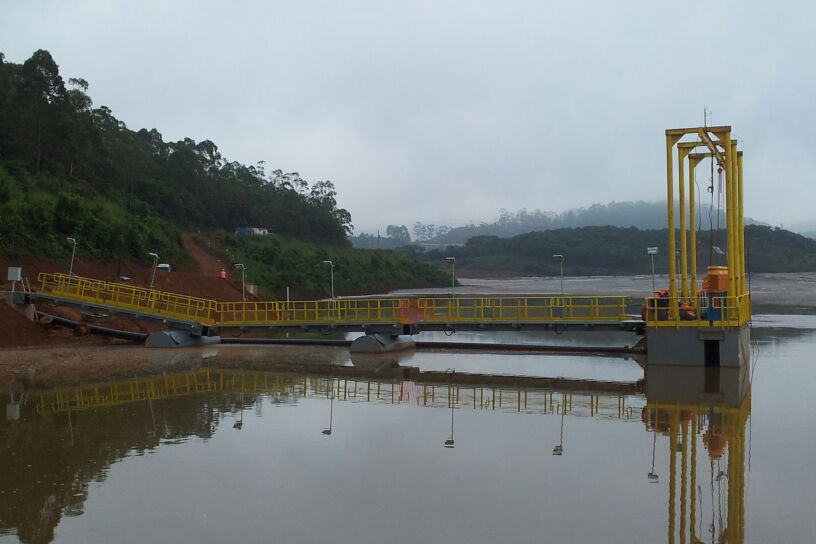
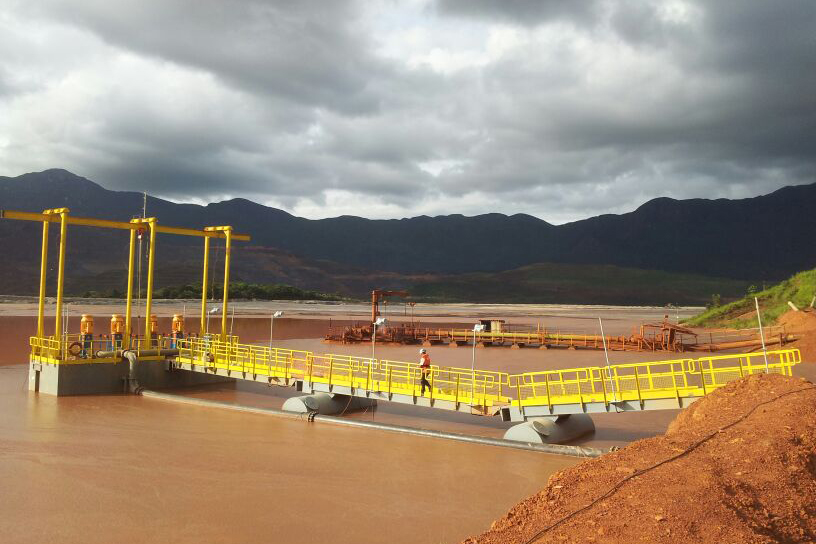
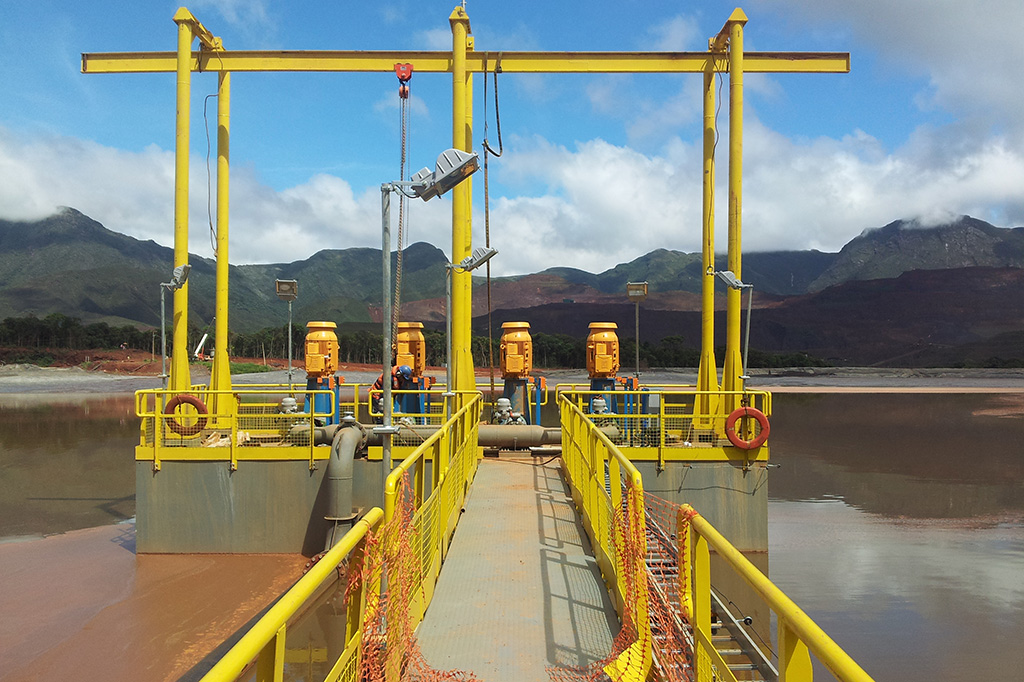
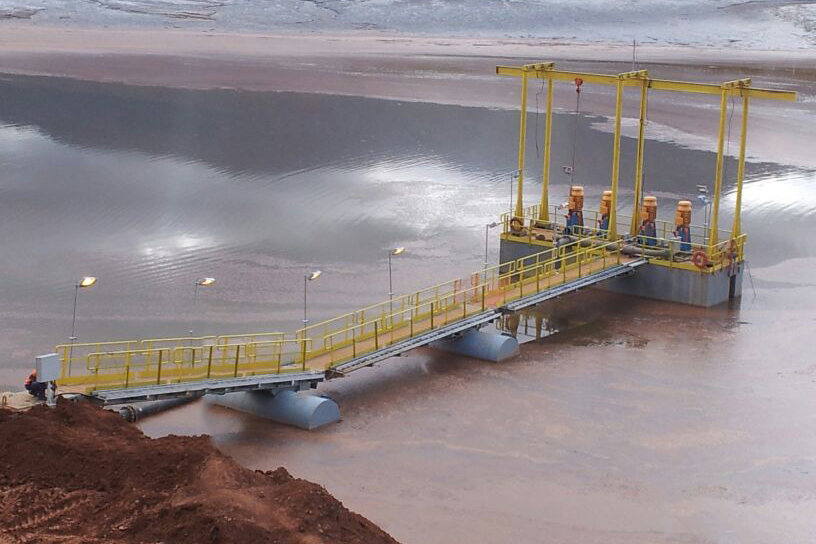
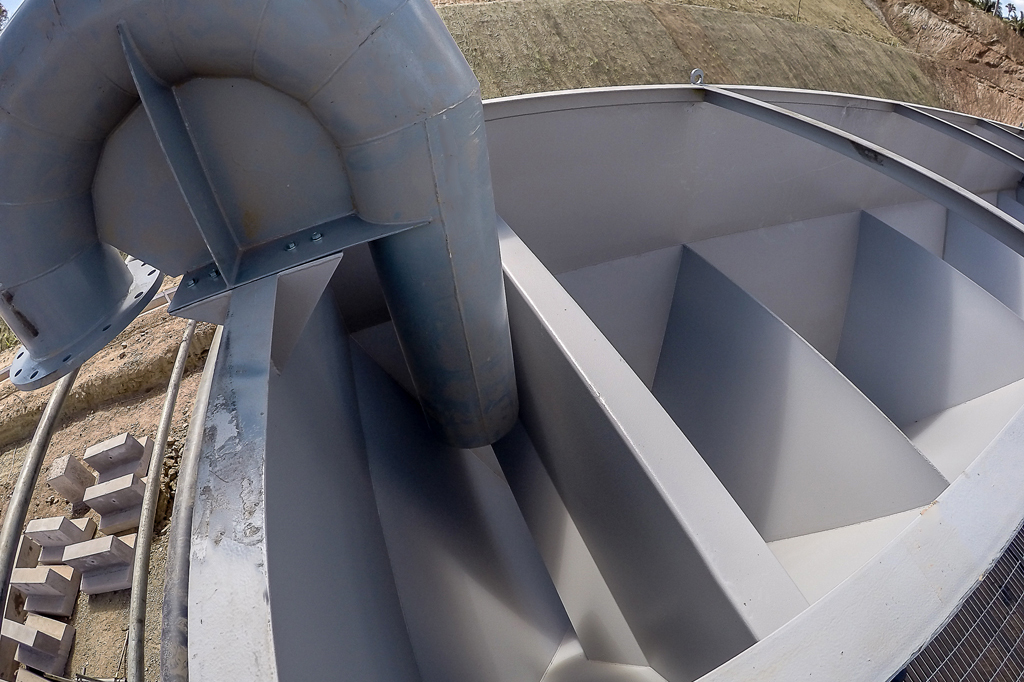
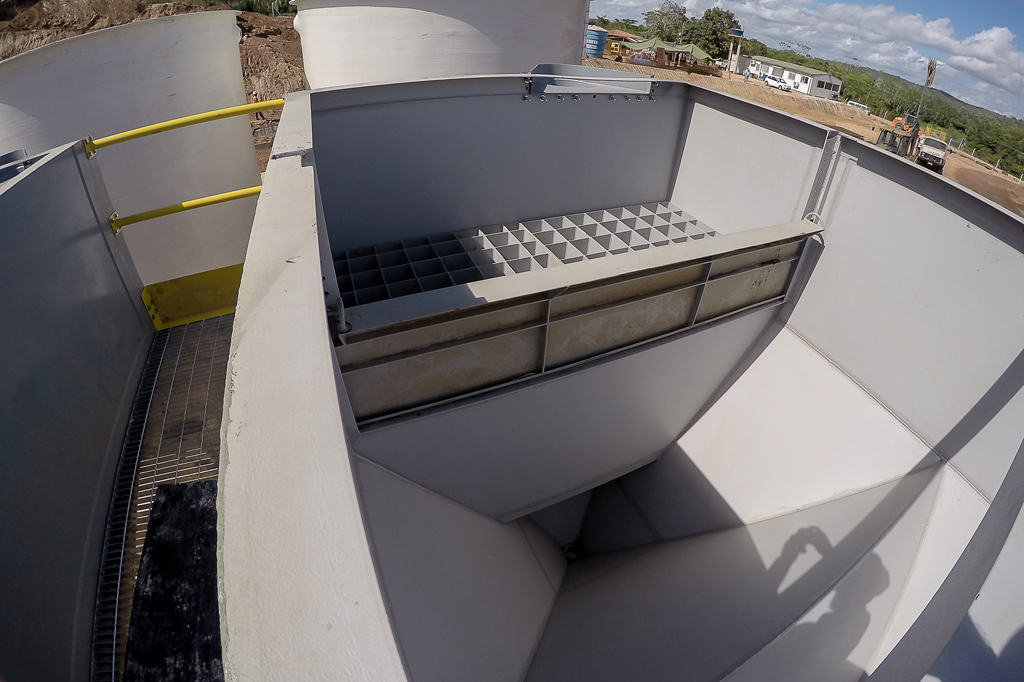
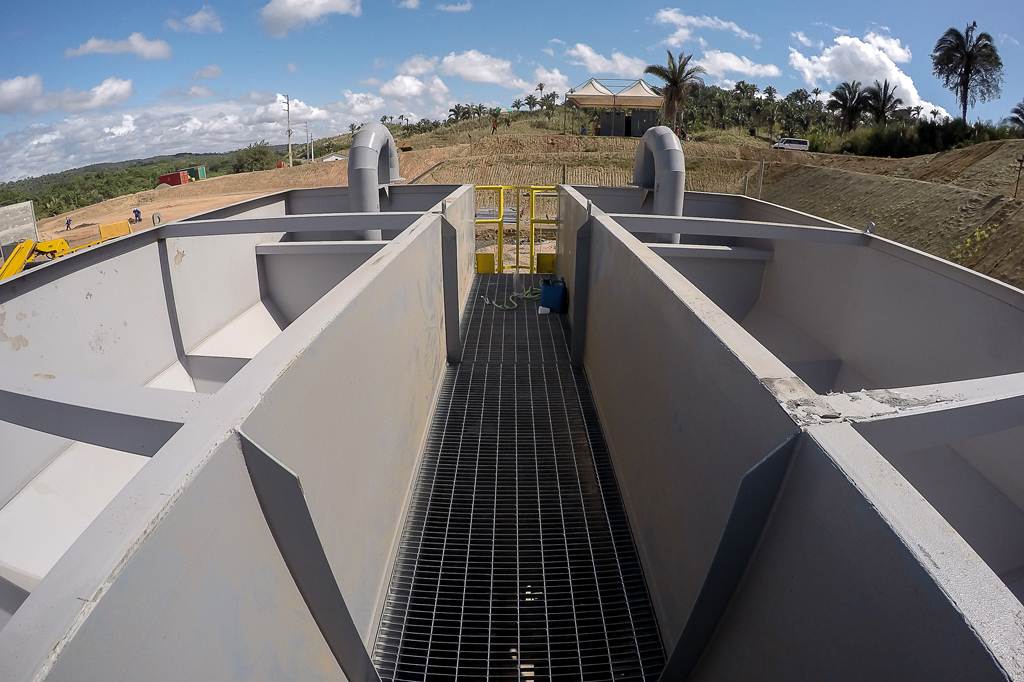
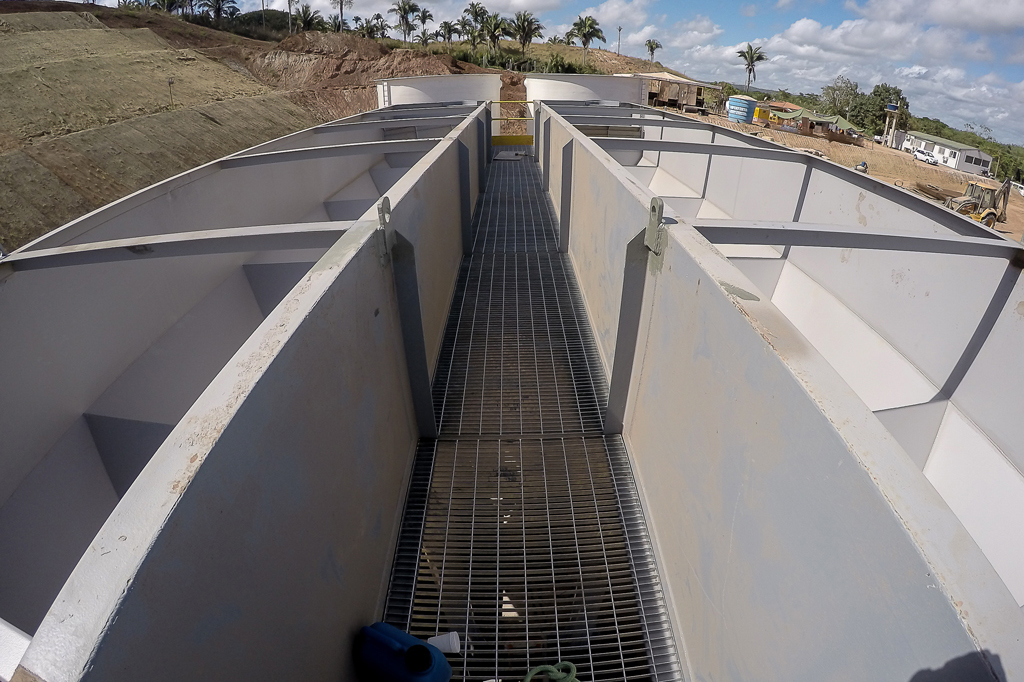
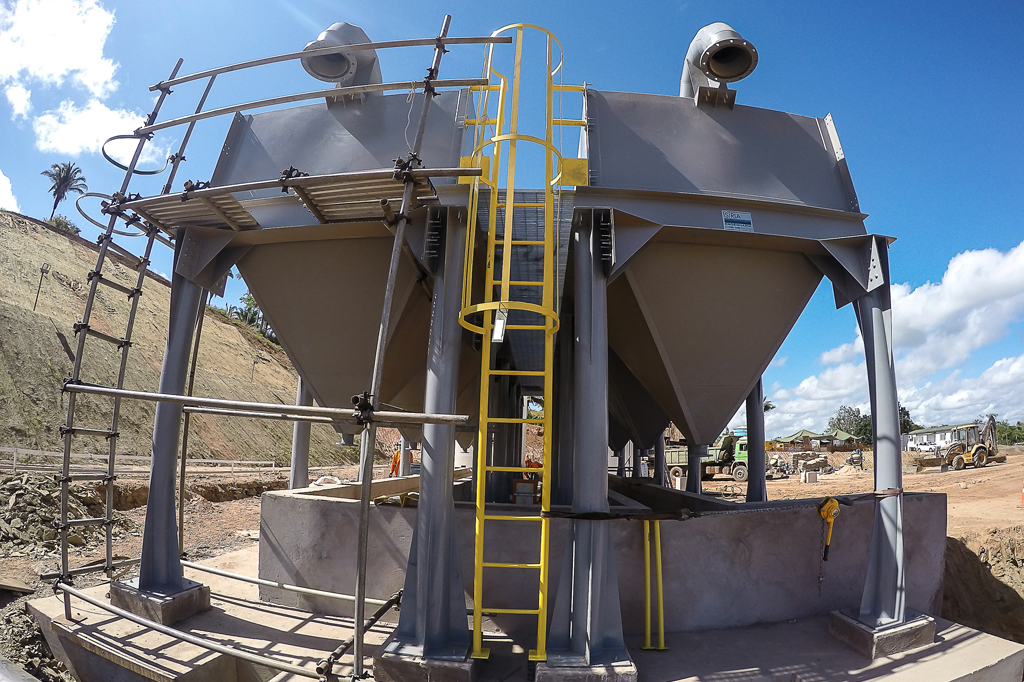
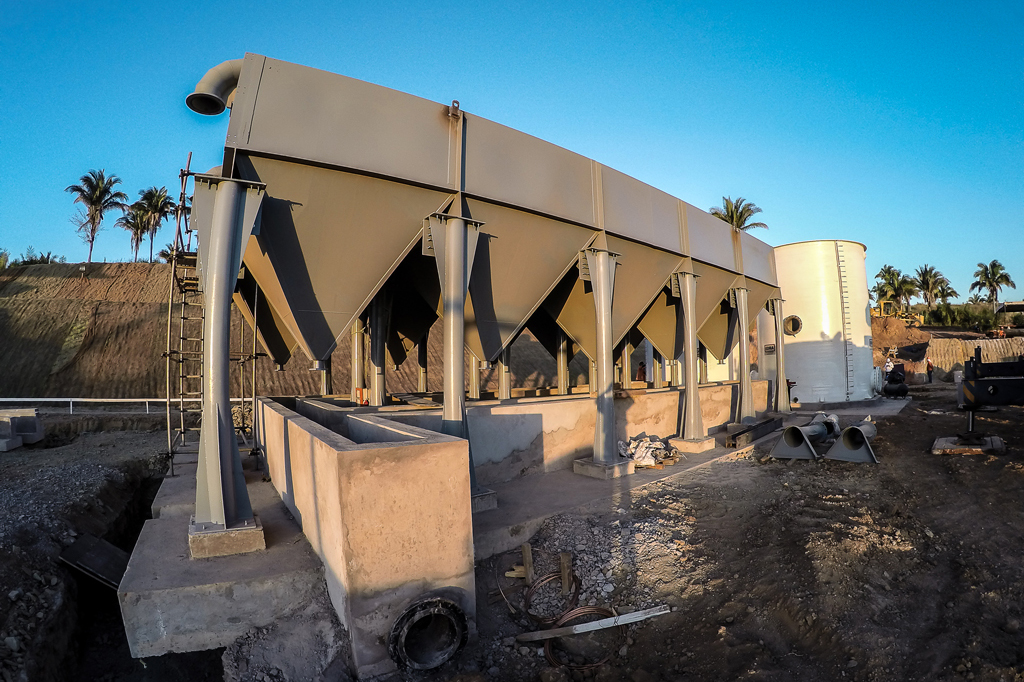
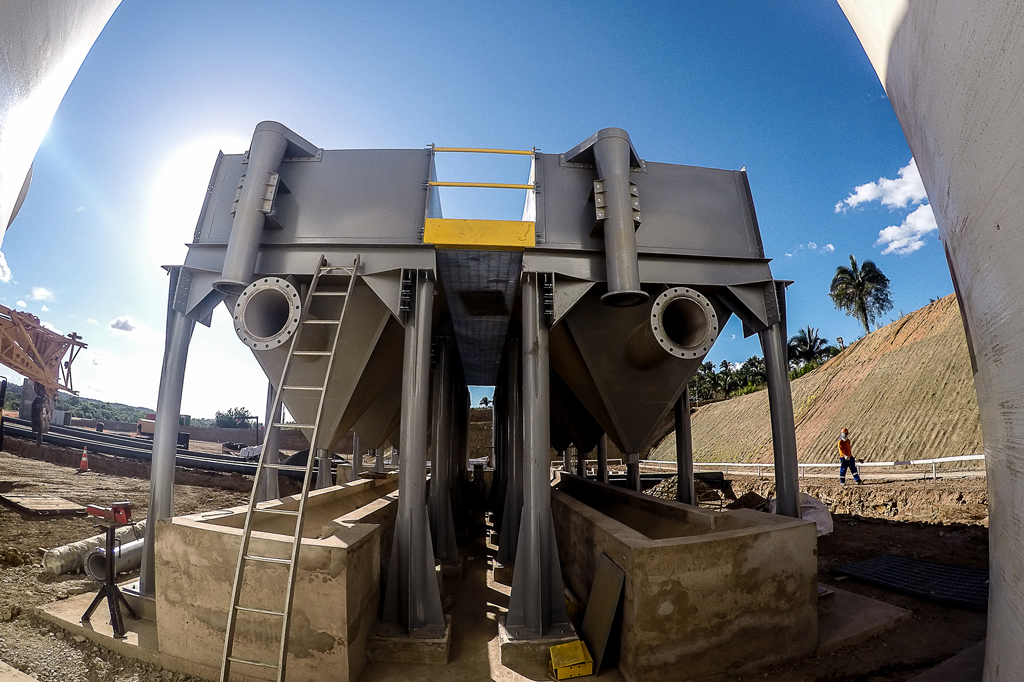
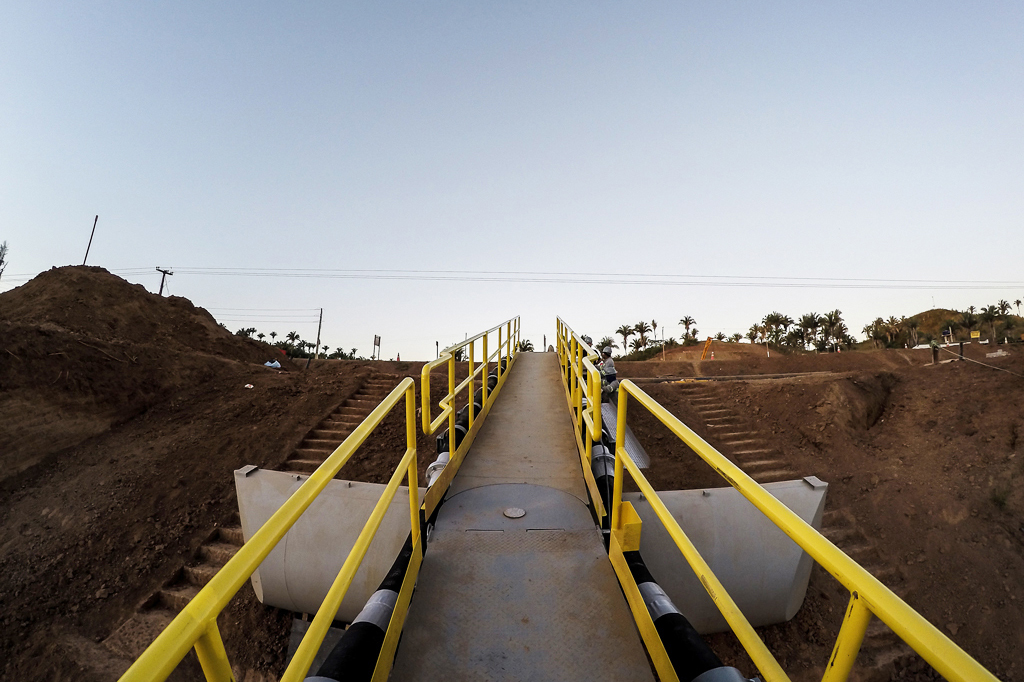
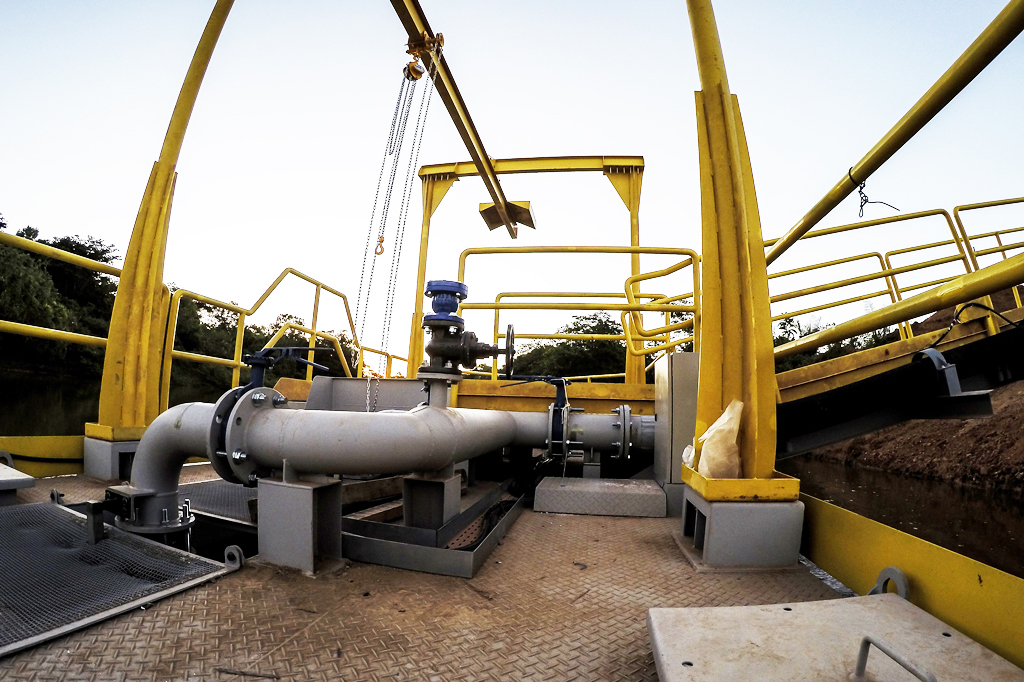
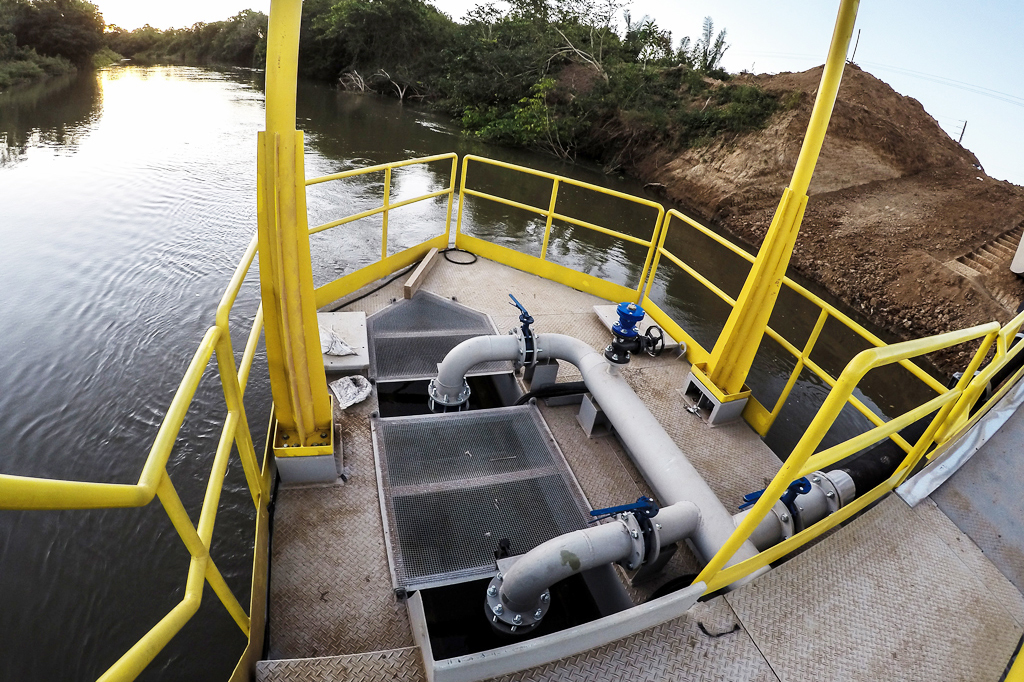
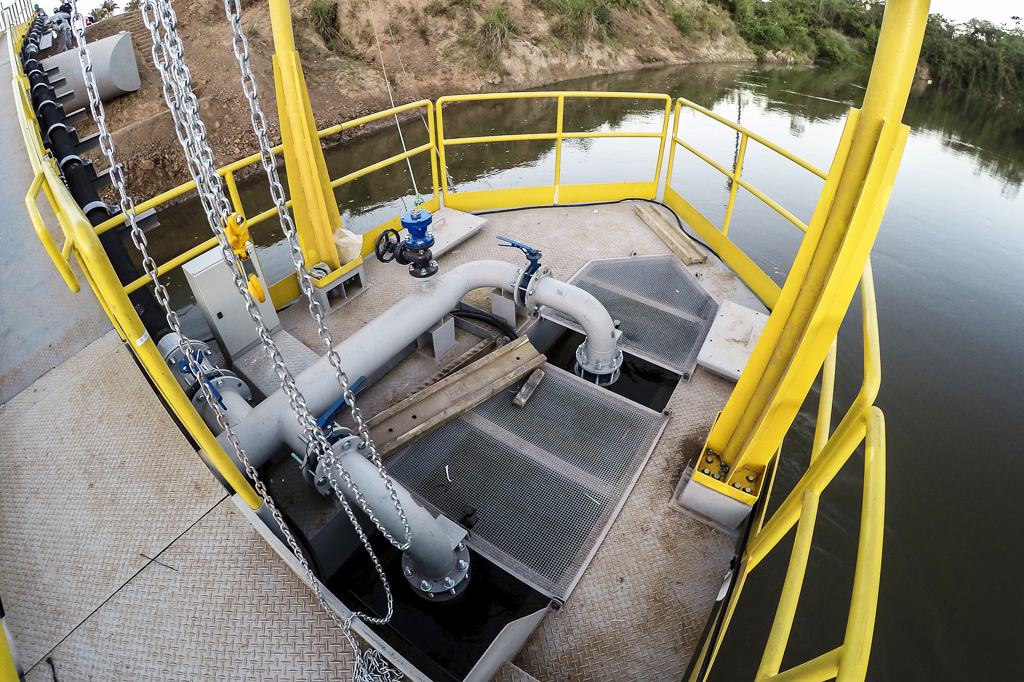
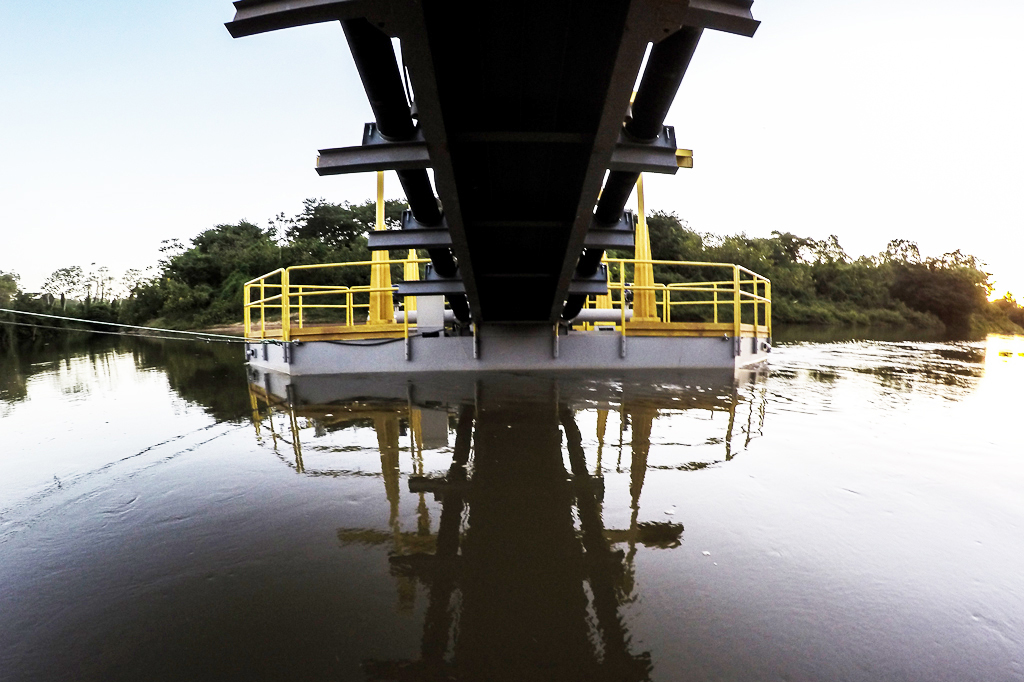
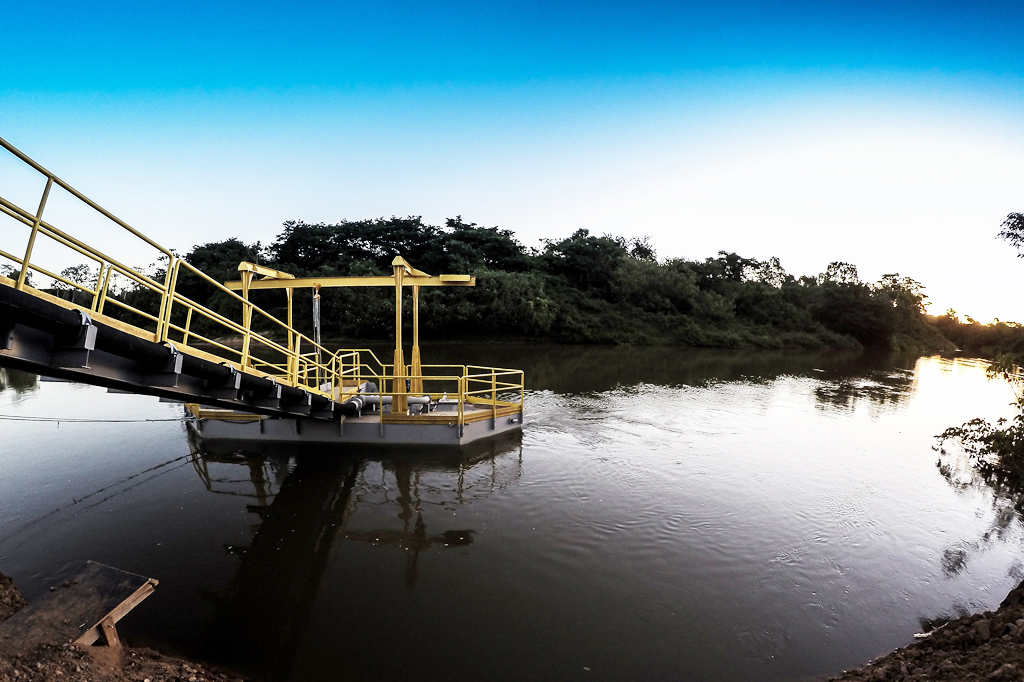
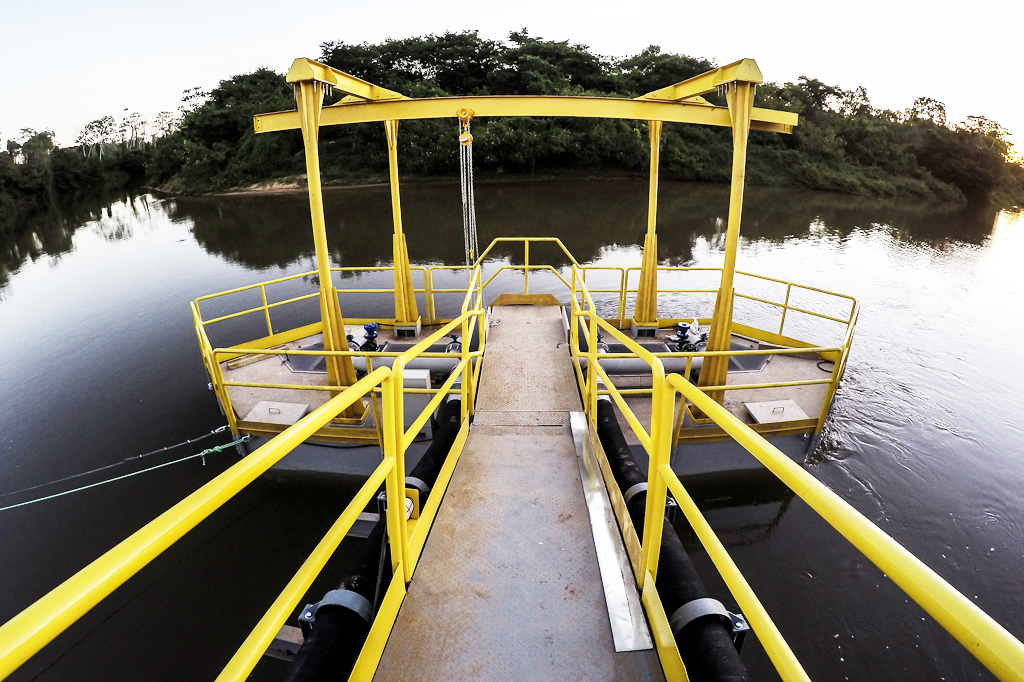
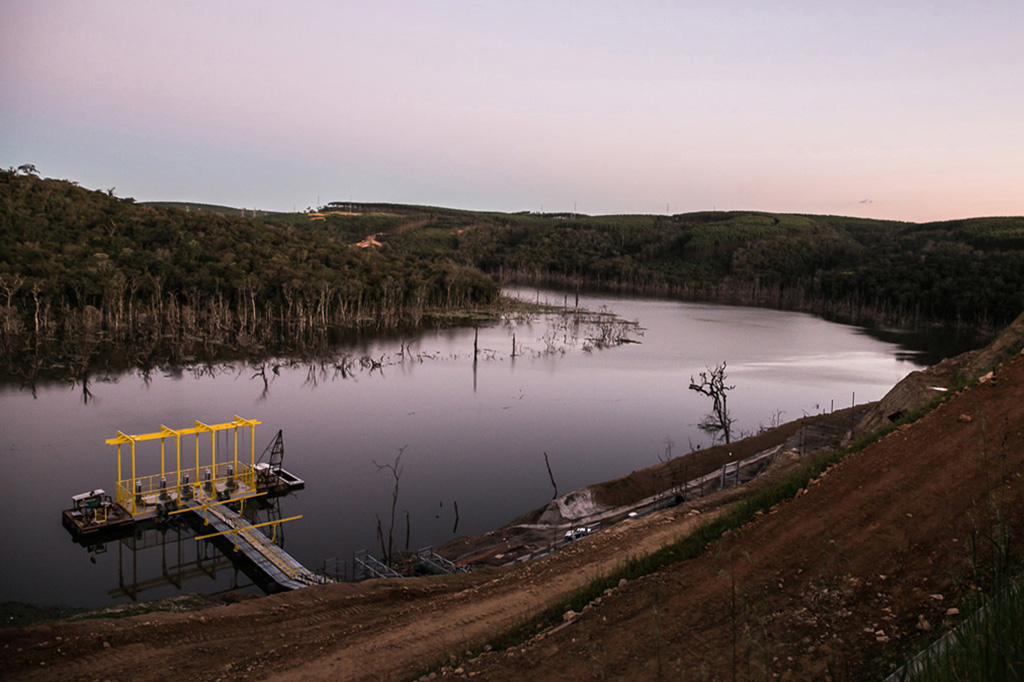
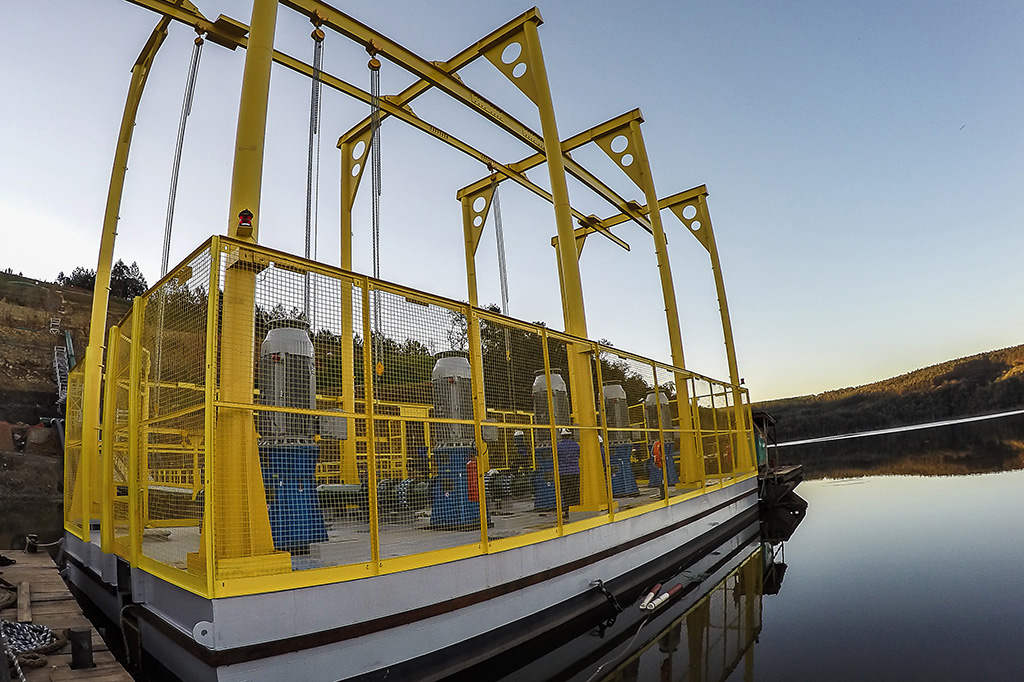
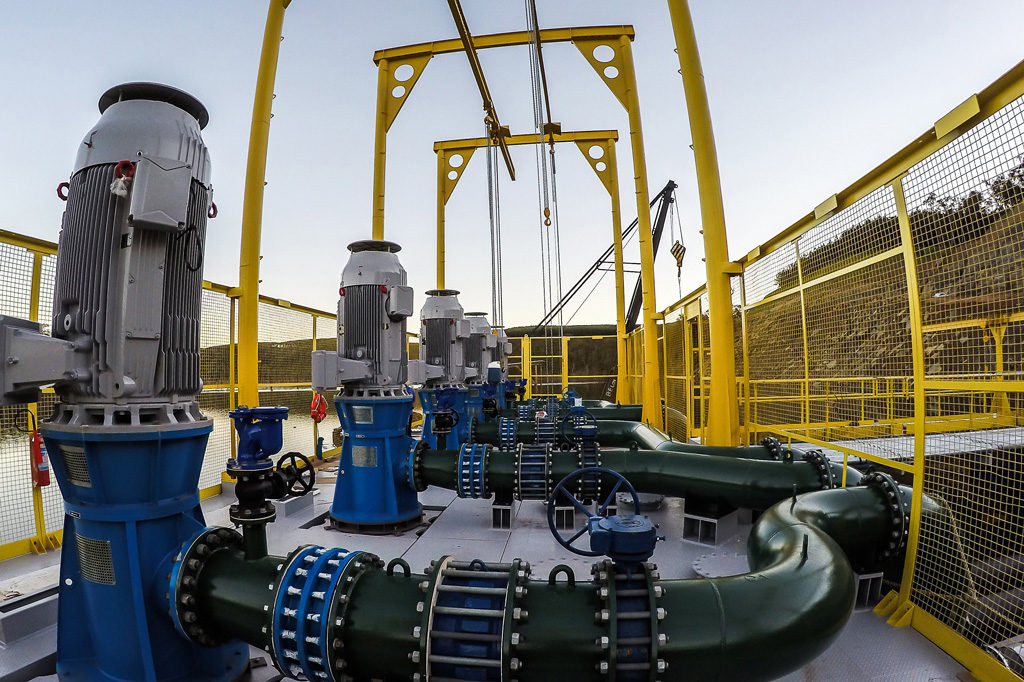
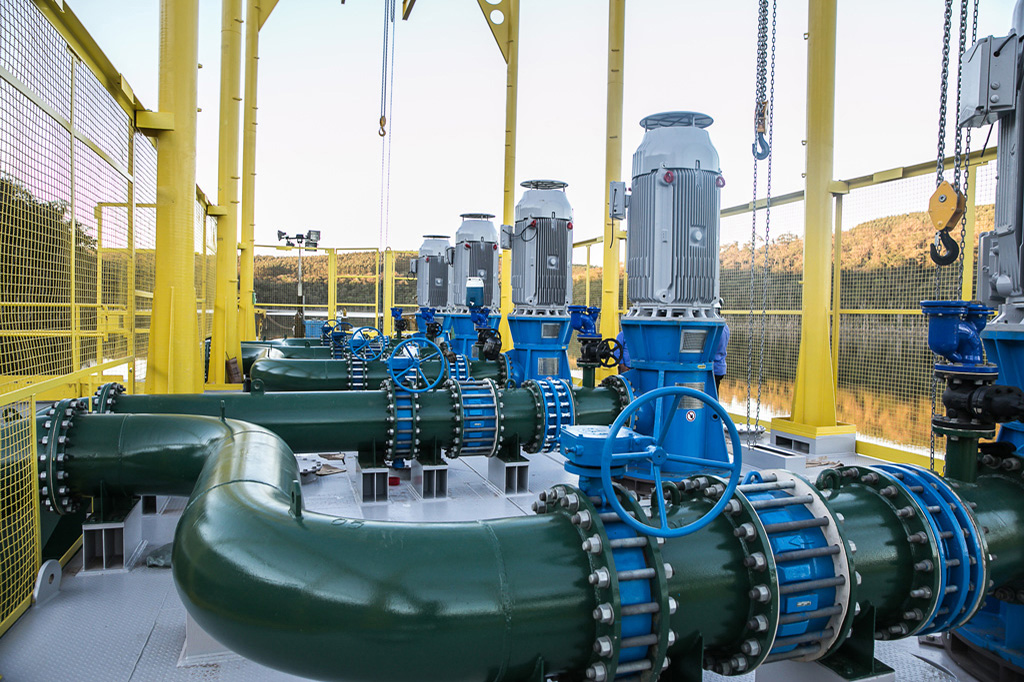
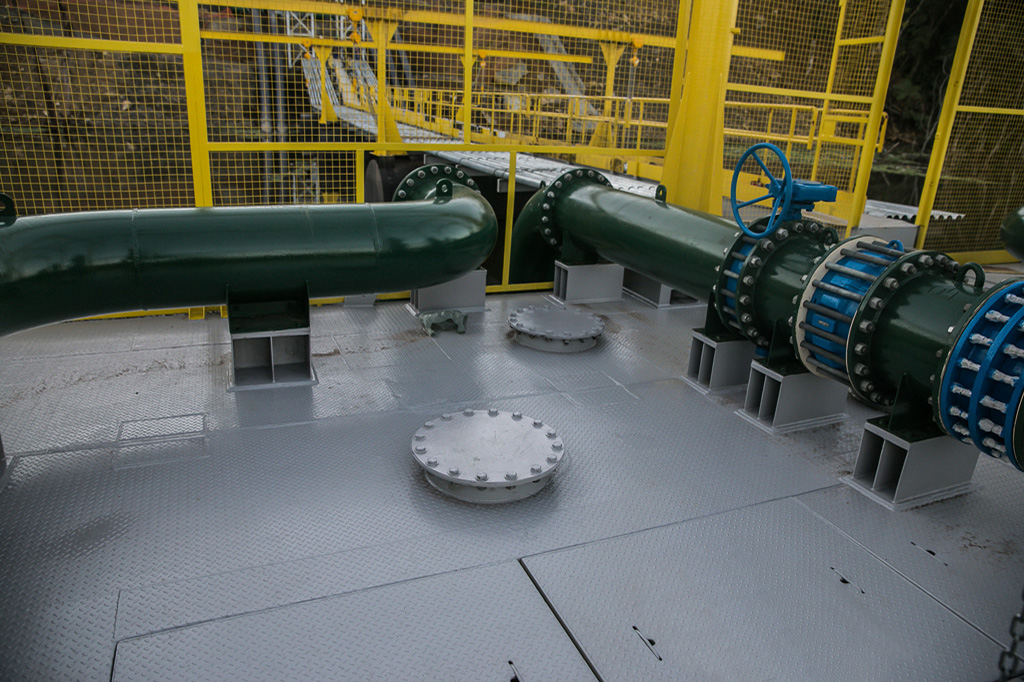
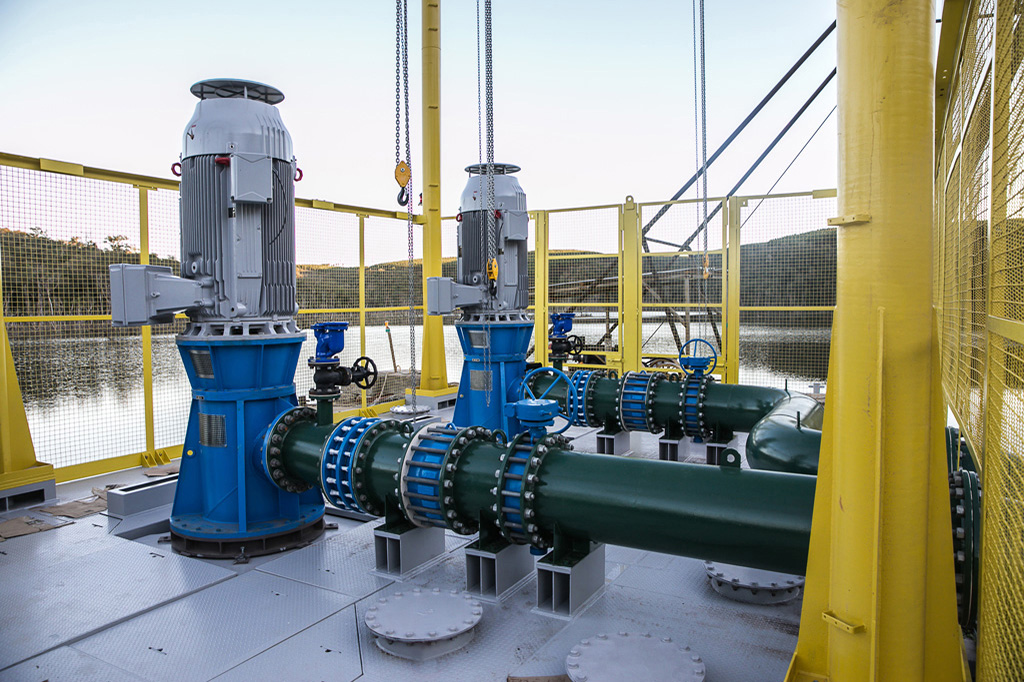
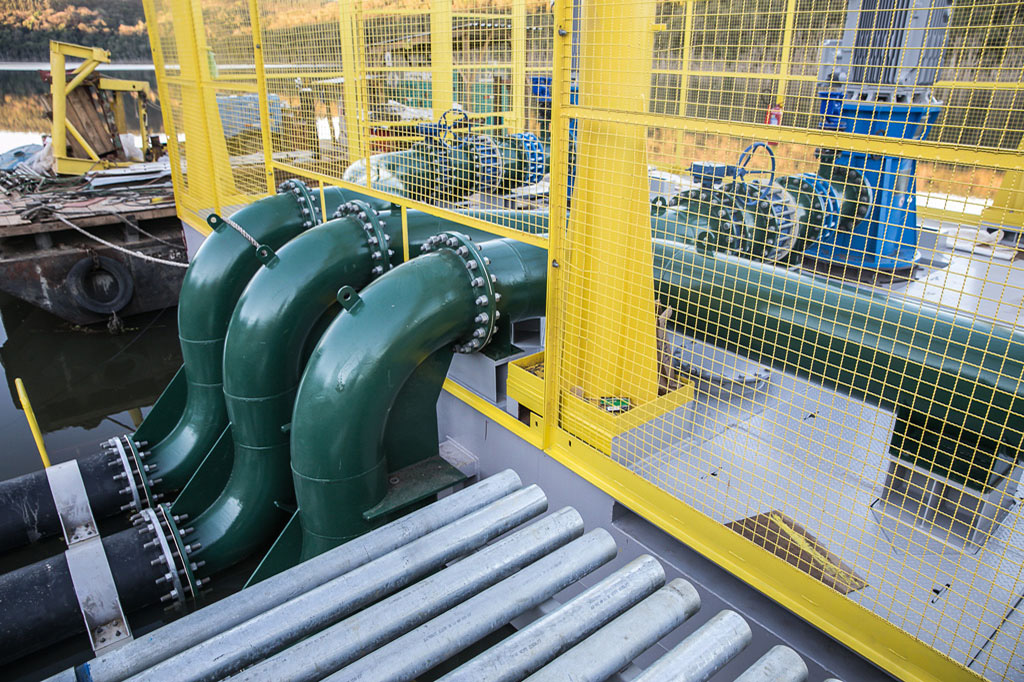
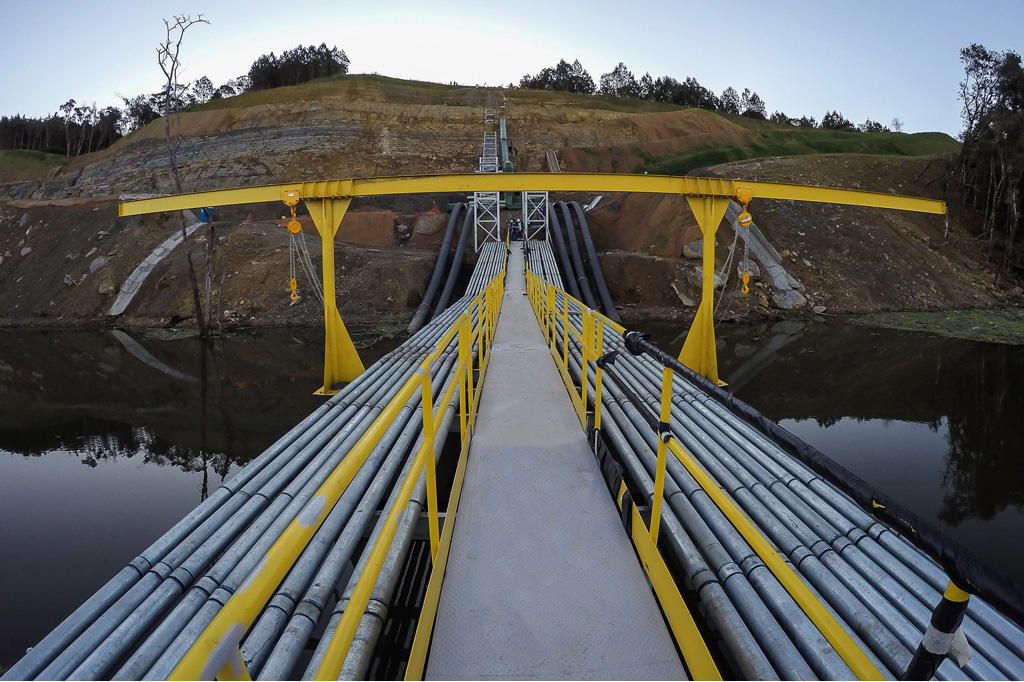
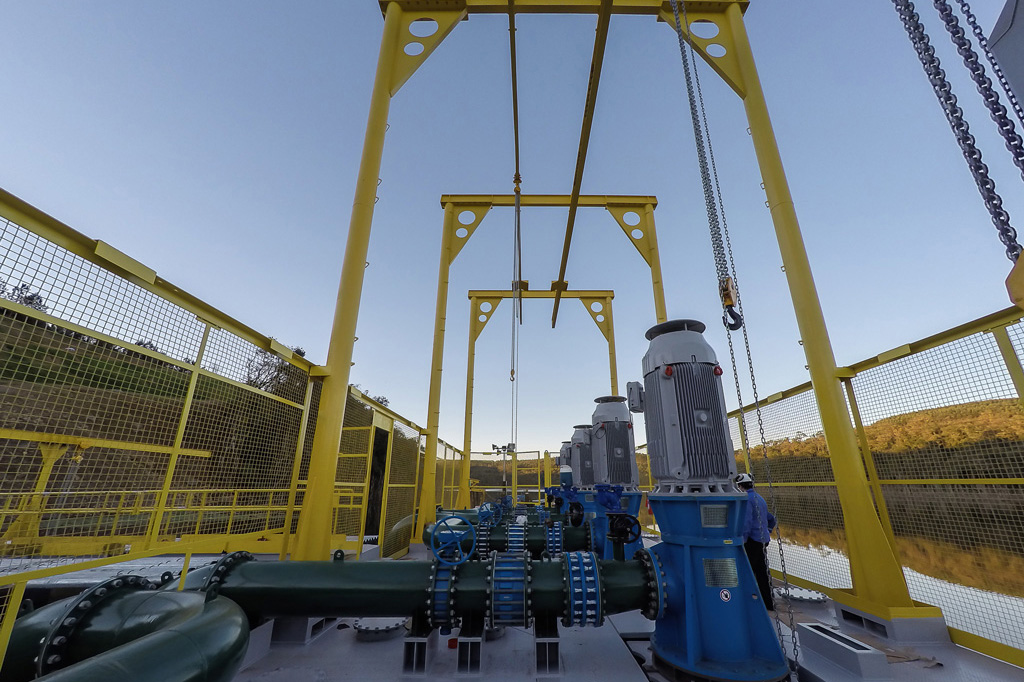
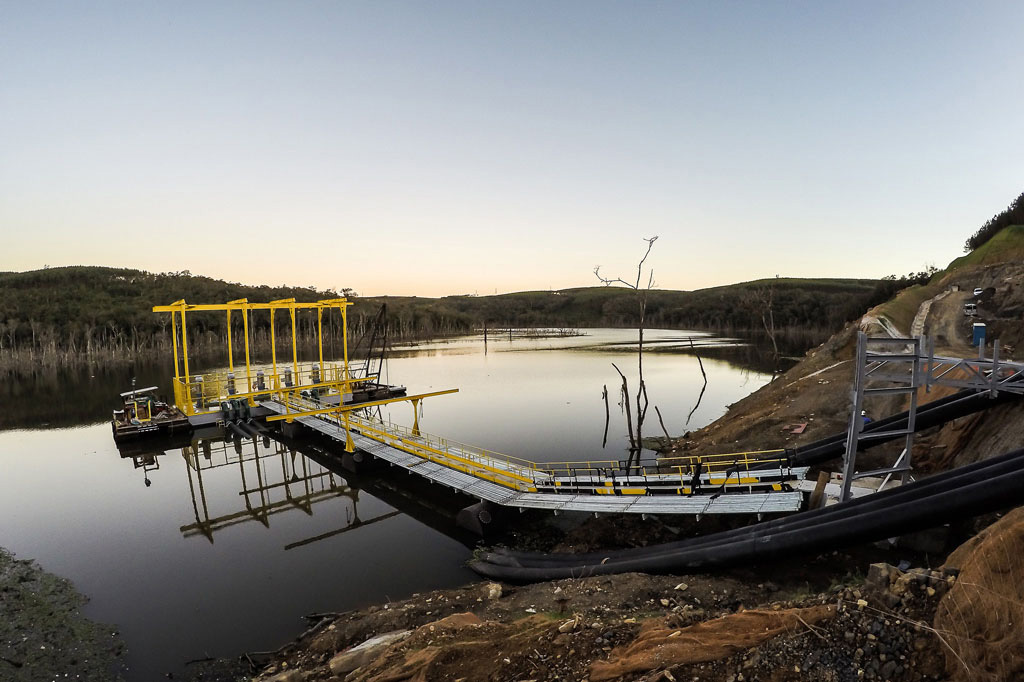
Sobre o Autor